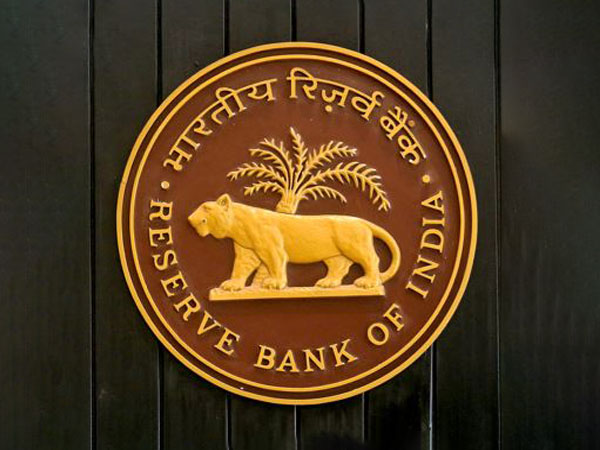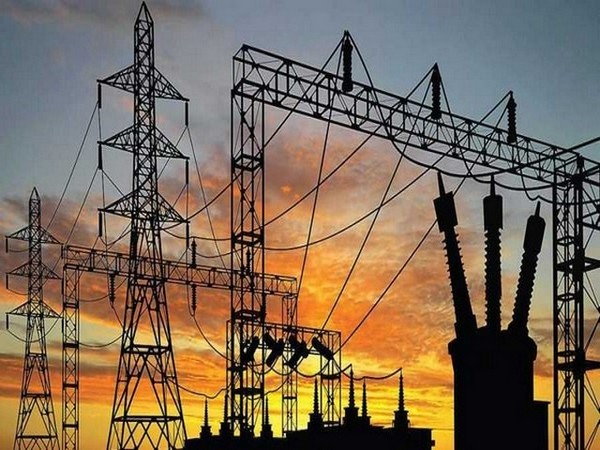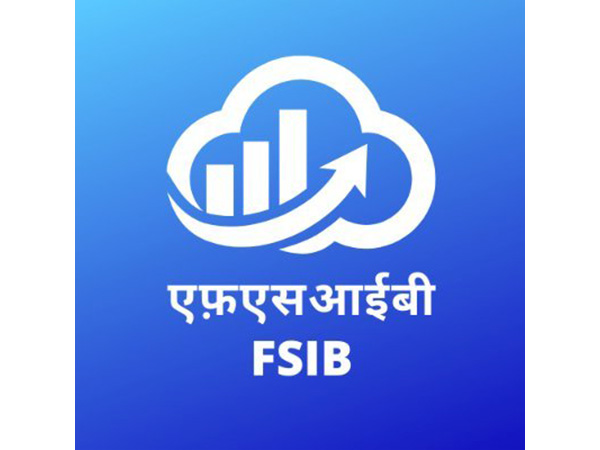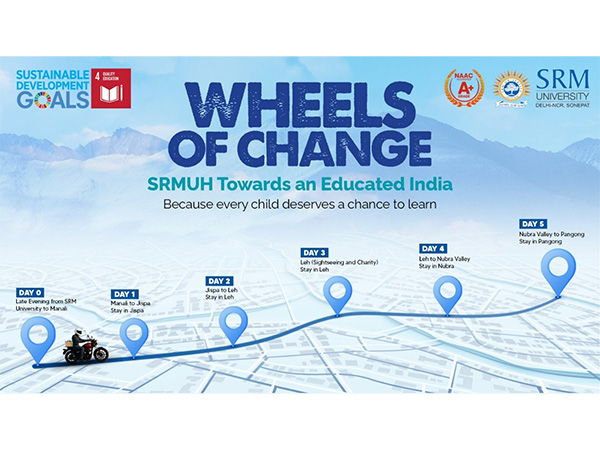New Delhi [India], July 1 (ANI): The per capita debt of individual borrowers in India has witnessed a sharp increase over the past two years, rising from Rs 3.9 lakh in March 2023 to Rs 4.8 lakh in March 2025, according to the financial stability report released by the Reserve Bank of India (RBI).
The report highlighted that this rise in debt levels has been primarily driven by higher-rated borrowers.
RBI stated, “At an aggregate level, the per capita debt of individual borrowers has grown from Rs 3.9 lakh in March 2023 to Rs 4.8 lakh in March 2025”.
At an aggregate level, the growth in household debt has been supported by steady increases in housing loans, which formed 29.0 per cent of the total household debt as of March 2025.
While the growth in housing loans has remained stable overall, a deeper look at the data shows that incremental growth is being led by existing borrowers.
These borrowers are availing additional loans, and their share has increased to more than one-third of the total housing loans sanctioned in March 2025.
The report also flagged a concerning trend of increasing loan-to-value (LTV) ratios. The share of borrower accounts with LTV ratios greater than 70 per cent is on the rise.
Additionally, delinquency levels remain elevated among lower-rated and more heavily leveraged borrowers, though these levels have declined considerably compared to the period during the COVID-19 pandemic.
India’s household debt has been on an upward trajectory in recent years, mainly due to increased borrowing from the financial sector.
However, as of end-December 2024, household debt stood at 41.9 per cent of GDP at current market prices, which is still relatively low when compared with other emerging market economies (EMEs).
Among the broad categories of household debt, non-housing retail loans have taken the lead. These loans, which are primarily used for consumption purposes, accounted for 54.9 per cent of total household debt as of March 2025.
They also represented 25.7 per cent of disposable income as of March 2024. The share of non-housing retail loans, like auto loans and loans for white goods has been rising steadily over the years, and their growth has outpaced that of housing loans as well as loans taken for agriculture and business purposes.
The Central bank report highlighted the importance of monitoring household debt trends, particularly the shifts in borrower profiles and lending patterns, to ensure long-term financial stability. (ANI)
Disclaimer: This story is auto-generated from a syndicated feed of ANI; only the image & headline may have been reworked by News Services Division of World News Network Inc Ltd and Palghar News and Pune News and World News
HINDI, MARATHI, GUJARATI, TAMIL, TELUGU, BENGALI, KANNADA, ORIYA, PUNJABI, URDU, MALAYALAM
For more details and packages

















